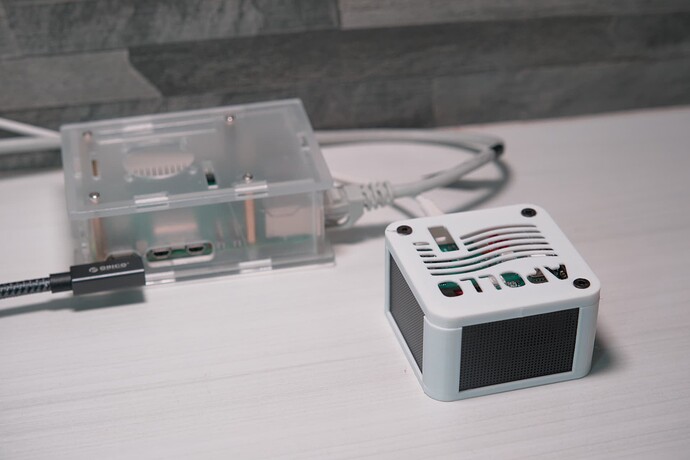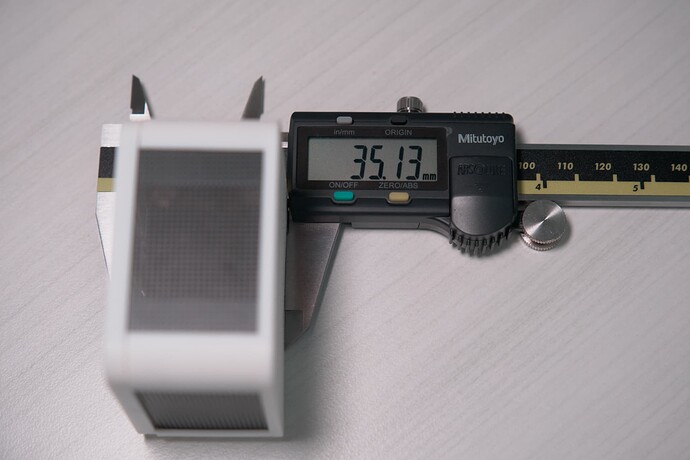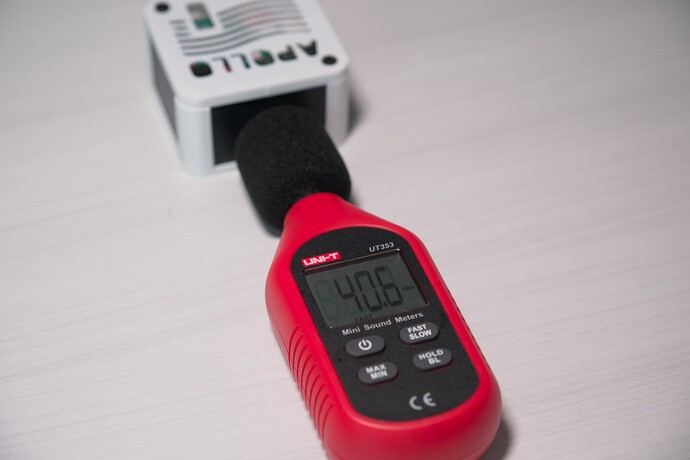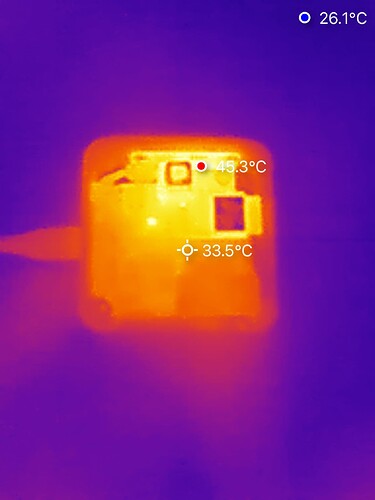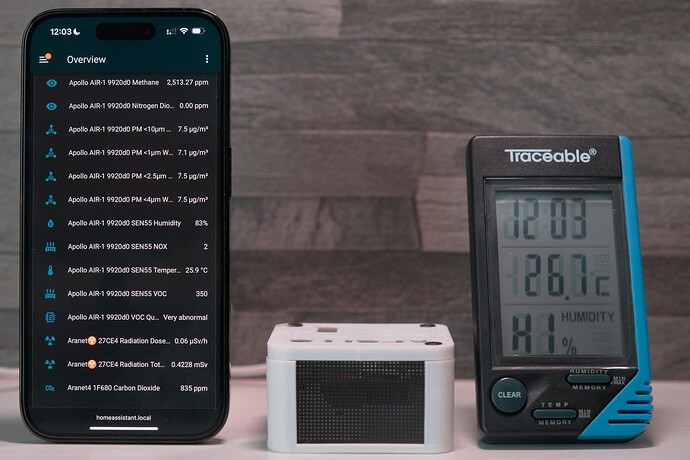I finally got Home Assistant set up on my Raspberry Pi, and I’ve added a whole host of devices to my dashboard. One thing I noticed with the entire HA setup process was how straightforward it was - everything was seamless. Once HA was installed on my Pi (which, itself, was extremely straightforward), it detected the Apollo AIR-1 straight away after I’d entered my WiFi credentials. I’m still working on a more permanent setup, but this will work for my review!
Firstly, I wanted to do a few basic measurements and tests with the device. I measured it and found the 61x61x30 dimensions listed on the site to be quite accurate, with the exception of the height, which, for me, is 35mm due to the fact that I am using a different faceplate. I had no reason not to trust the official dimensions, but I was curious to check anyway.
After some comments on how loud the IKEA air quality monitor is (which you can read about here) I’ve also decided to incorporate noise level testing into my reviews. The SEN55 sensor in this device has a fan that constantly runs (unless you make changes to this yourself), but the fan is barely audible, and I could only hear it if I held it to my ear. The ambient noise levels in this apartment are around 39dB, and with a noise meter less than 1cm away from the device’s fans, I only saw an increase to 40-41dB. Overall, this device is super quiet and won’t bother you - even if you place it on your bedside table.
Another question I wanted to answer is how the device performs regarding temperature and relative humidity readings. Since the device is tiny and, in my case, has three sensors housed inside, I figured there would likely be some heat issues with the device. While heat is standard for electronics, I was worried that it could skew the temperature and relative humidity readings for this monitor as these sensors are located within the particle sensor ‘all-in-one’ module. I used an infrared camera to see how hot the device gets, and you can see the results below.
As you can see, with only the top of the device removed, the internal components can easily reach the mid-40s (Celsius). When I saw this, I was instantly worried that the temperature and RH readings from the device couldn’t possibly be accurate.
Interestingly, however, the device actually reads cooler temperatures than most of my other monitors. The AIR-1 reads 25.9 degrees Celsius and 83% RH in the image above. On the other hand, my Traceable monitor read 26.7 degrees Celsius and 81% RH. This was surprising and would indicate to me that compensation algorithms are at play here. Either way, compared to my Traceable monitor, the AIR-1 is normally within 1 degree Celsius of the actual temperature. While RH is far harder to compare, it usually tracks well with the Traceable monitor, too.
I’m looking forward to trying this monitor more, and I’m particularly looking forward to setting up my HA dashboard a bit better. However, my first impression of this device is quite positive!
